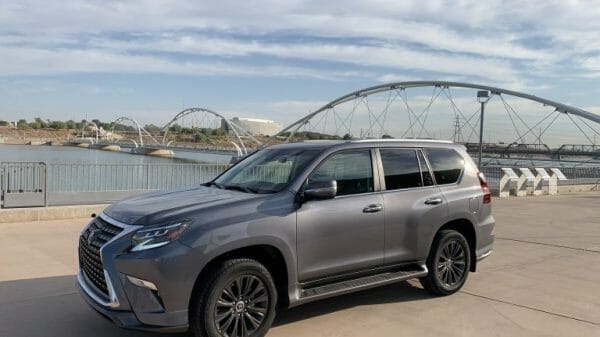I’ve often thought that if there is sentient alien life out there, they’ve probably got better things to do than to bother with little old us. To that end, since we’re probably not going to be visited by any aliens, we’re going to have to find them ourselves. We could check every planet in the Solar System, but for the time being, it’d be easiest to check the ones that are most similar to Earth in their make-up. This is why NASA wants to send a probe out to Titan, Saturn’s largest moon.
Fly, #Dragonfly, fly! Our next destination in the solar system is Saturn’s largest moon, Titan, where our rotorcraft-lander will explore dozens of locations across the icy world. Discover why: https://t.co/GhopCqDjx4 pic.twitter.com/55AilAZ4ar
— NASA (@NASA) June 27, 2019
While Titan isn’t exactly hospitable (at least to us), it does have some notable similarities to the Earth. There are weather patterns and an atmosphere, and it even rains liquid, forming lakes and rivers. Granted, this liquid is methane, not water, but still, it’s just similar enough that the notion of life on Titan isn’t too far out there.

To explore Titan, NASA will be employing a new kind of probe known as the Dragonfly. The Dragonfly is a multi-rotor drone-like machine that can take off from and land on just about any flat surface. It’s going to be doing a lot of that as it skims Titan’s surface, performing experiments and surveying its surroundings. The probe’s ultimate target is a large crater on Titan’s surface, where scientists believe a nutrient-rich celestial object may have struck long ago, setting the process of life in motion.
The actual launch of the Dragonfly isn’t scheduled to happen until 2026 at the earliest, and even then, the probe won’t reach Titan’s surface until 2034 due to Saturn’s sheer distance from the Earth. If Dragonfly can find signs of life on Titan, even if it’s something as small as an amoeba, it could change everything we know about existence on other planets.












